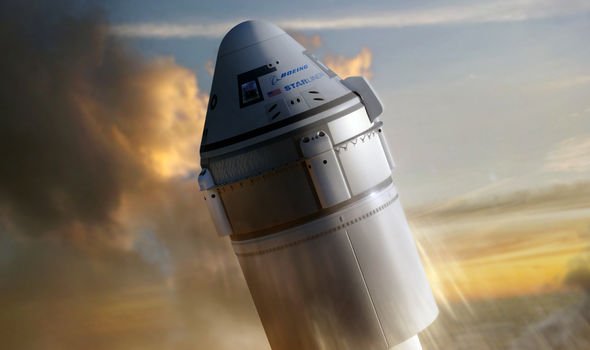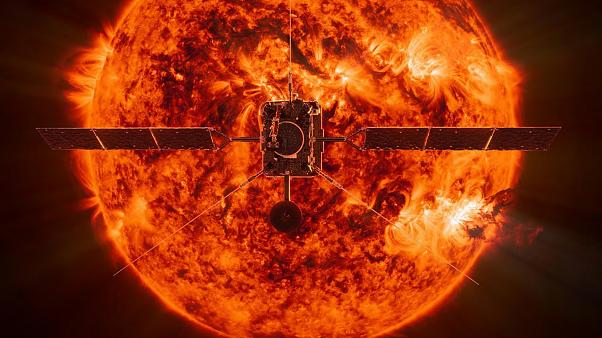Boeing-built craft due to land in New Mexico on Sunday after failing to rendezvous with International Space Station.
Boeings Starliner new one spacecraft will return to Earth on Sunday, six days early, after a clock problem prevented a rendezvous with the International Space Station, NASA and the aerospace giant confirmed Saturday.
The uncrewed Starliner capsule is now scheduled to land on Sunday at 05.47am (12:57 GMT) at the White Sands Missile Range in New Mexico.
The capsule is currently in a low, 250-kilometre (155-mile) orbit. Boeing engineers are programming it to re-enter the atmosphere over the Pacific Ocean.
Parachutes will slow its descent, and huge airbags will be deployed to cushion its desert landing.
Starliner’s failure was the latest serious setback for Boeing, which is still reeling from two fatal crashes of its 737 Max commercial aircraft in which 346 people died.
The Starliner capsule was launched on Friday from Cape Canaveral, Florida, but shortly after separating from its Atlas V launch rocket its thrusters failed to activate as planned, preventing it from reaching an orbit high enough to meet up with the ISS.
The space station orbits at an altitude of about 400 kilometres above sea level.
After calculating that the craft had burned too much propellant for
several minutes — owing to a clock problem — Boeing and NASA
determined that the Starliner would have to return to Earth without
fulfilling its planned mission.
Jim Chilton, senior vice
president of Boeing’s space and launch division, told reporters that “we
started the clock at the wrong time.”
The craft, assuming it was at a different stage of its flight, burned much more propellant than it should have.
The flight – carrying only a dummy into space – was meant to be a final dress rehearsal before a manned flight.
But NASA Administrator Jim Bridenstine insisted the mission was not a complete failure.
“The NASA team and the Boeing team have been working hand in glove to
accomplish as many of the test objectives as we can,” he said.
Starliner was able to establish a communications link with the ISS, and to test in space its docking mechanism as well as its solar panels, batteries, thrusters and heat regulation system.
‘Not for the faint of heart’
Chilton said the vehicle’s status was “really excellent.”
But a major test awaits: Starliner’s landing on Sunday in the New Mexico
desert — one of the most dangerous phases for any space mission,
particularly when the vehicle is designed to transport astronauts.
Starliner is set to re-enter the atmosphere at 25 times the speed of
sound. Its thermal shield will have to resist the intense heat created
by friction with the atmosphere, and its three parachutes will have to
deploy correctly.
In a test in November only two parachutes opened, although they proved sufficient for the landing.
“The entry, descent and landing is not for the faint of heart,” Chilton said.
NASA will have to decide whether to carry out another test flight or to trust that the vehicle is safe to carry astronauts.
Starliner’s first crewed flight had been scheduled for early 2020 – no
specific date has been announced – a much-anticipated development since
NASA sent up its last space shuttle in 2011.
Another vehicle,
the Crew Dragon, has been developed by SpaceX corporation for NASA. It
is expected to be ready for launch sometime over the next few months.
NASA has committed to pay $8 billion to Boeing and SpaceX, which in
return are to deliver six trips carrying four astronauts each from now
to 2024.













![Hotstar Premium Cookies 2019 [*100% Working & Daily Updated*] Hotstar Premium Cookies 2019 [*100% Working & Daily Updated*]](https://tahav.com/wp-content/uploads/2019/11/Hotstar-Premium-Cookies-Free-100x70.jpg)



